The Problem with “Good Vibes Only”
November 25, 2019 in Be Positive
Positive thinking can be powerful. Not only does it have a beneficial effect on mental health, but studies have also shown that there are positive physical effects too when it comes to conditions such as heart disease. Besides that, positive thinking can improve your mindset, the energy you feel and give off, and how others react to you.
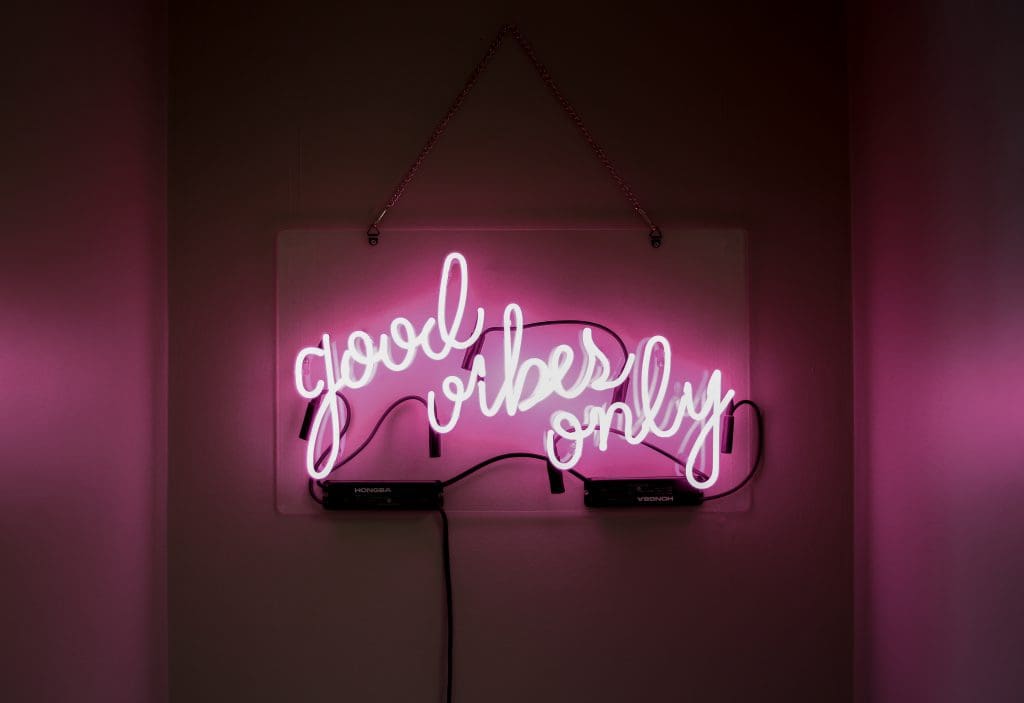
That’s probably why you may have seen an influx of posts, tweets, and people in general trying to encourage positive thinking. Phrases such as “good vibes only,” “choose happiness,” and “smile more” have all become popular, showing up on t-shirts, coffee mugs, and signs to put on your bedroom door. Spreading positivity, for lack of a better word, is positive, especially in a climate where most adolescents feel that mental illnesses such as depression and anxiety are the biggest problems within their generation.
But here’s the thing. Encouraging only positive thinking can cause people to think that in order to be accepted, they have to push away the negative things that are bothering them and pretend that they don’t exist. If someone is going through a hard time, they simply have to “choose happiness,” change their mindset, and everything will be okay. However, if people realistically cannot do this, they can feel worse about themselves because they’re not doing positive thinking “correctly.” And while it’s good to be optimistic, one study found that only thinking positively tricks the brain that what you ultimately want has already been achieved, therefore, you’re less likely to put effort into things.
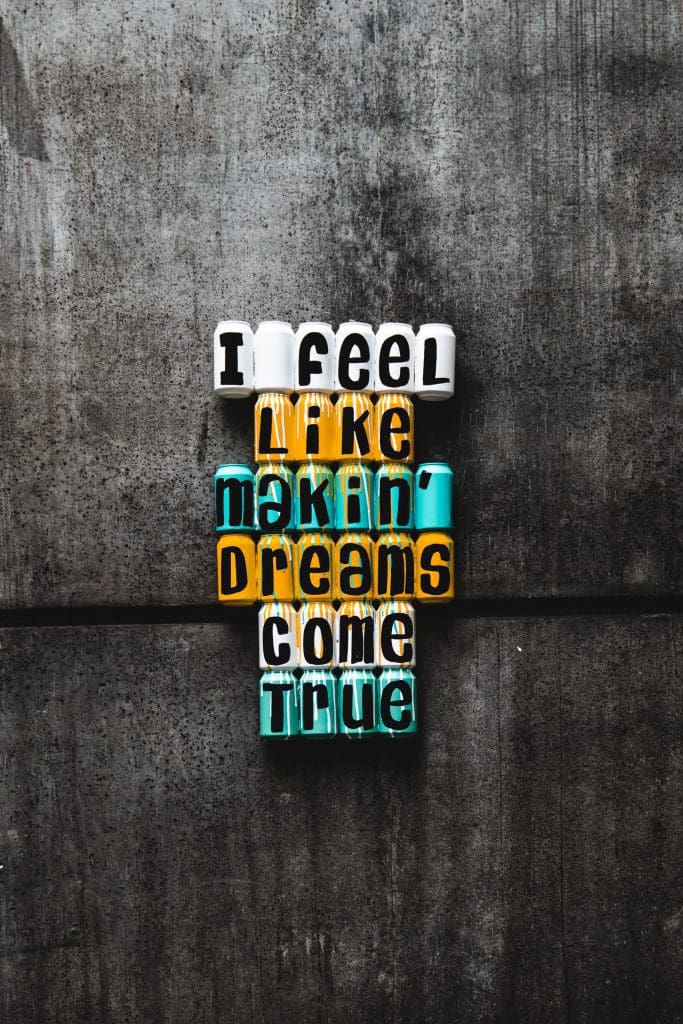
Like most things, it’s important to find a balance in how you think and perceive the events and people around you. Only negative thinking is incredibly harmful, and only positive thinking is both impossible and can make you feel guilty (which ironically can lead to more negative thinking). One approach you can take is “mental contrasting.” Here, you first take a few minutes thinking of something you want, it happening, and how that makes you feel. After, you take a few minutes to think of the obstacles that can occur. This encourages those doing the activity to realize that the things we want aren’t guaranteed, but achievable.
It’s totally fine to want good vibes around you and to try and surround yourself with people that give off warm, friendly energy. But what’s also important to remember is that acknowledging and feeling those negative emotions give you the opportunity to know where you need to introduce positive thinking. It’s also important to remember that both negative and positive thinking have a relationship with each other. It’s like self-care: it’s good to do positive things for yourself, but it shouldn’t come at the cost of ignoring the bad when the bad can actually be used as a supportive tool too.
What do you think about how positivity is displayed on products and on social media? Do you think a balance between positive and negative thinking is possible? How so?

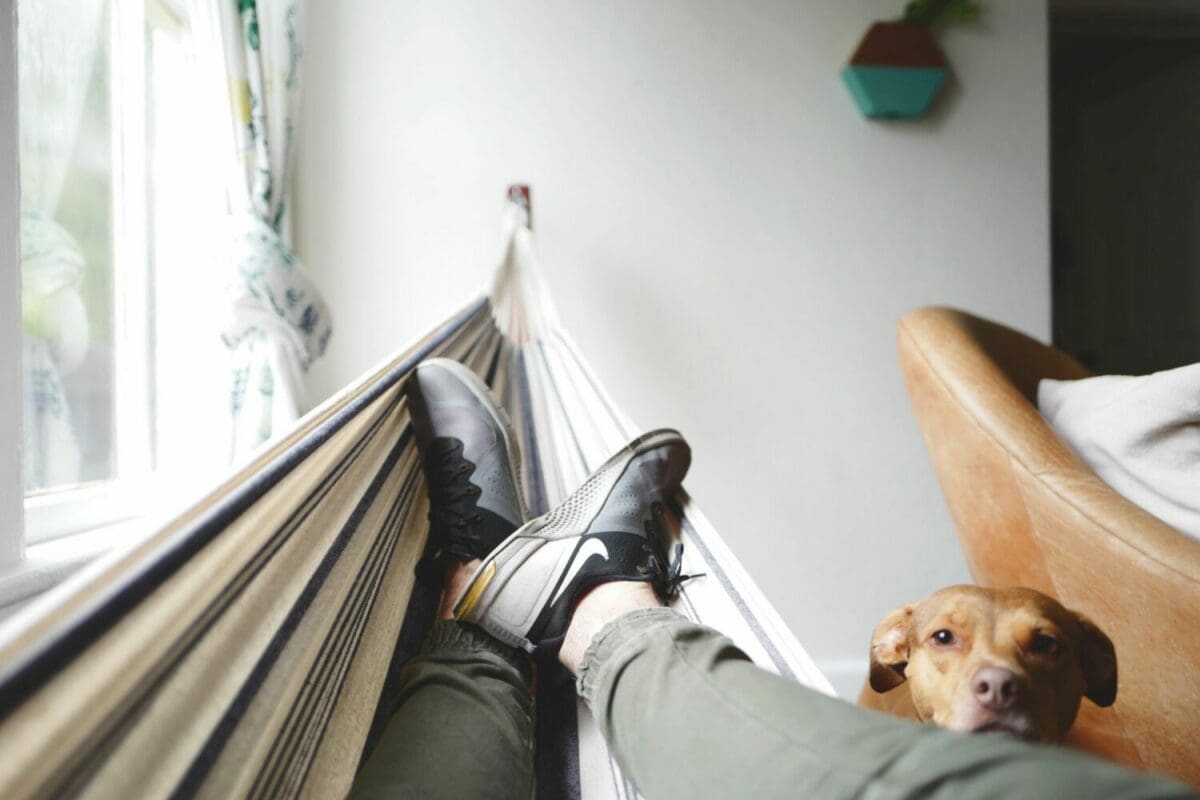
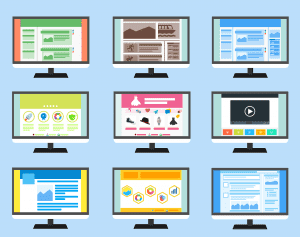
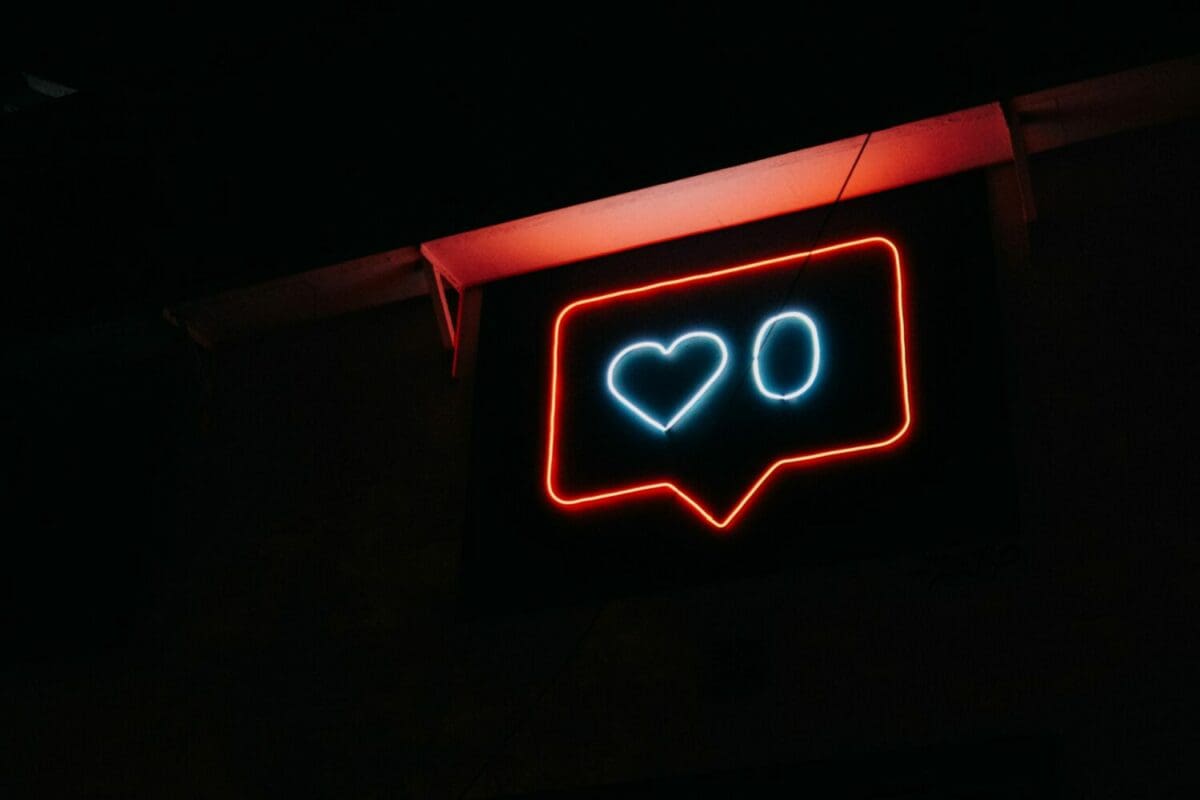
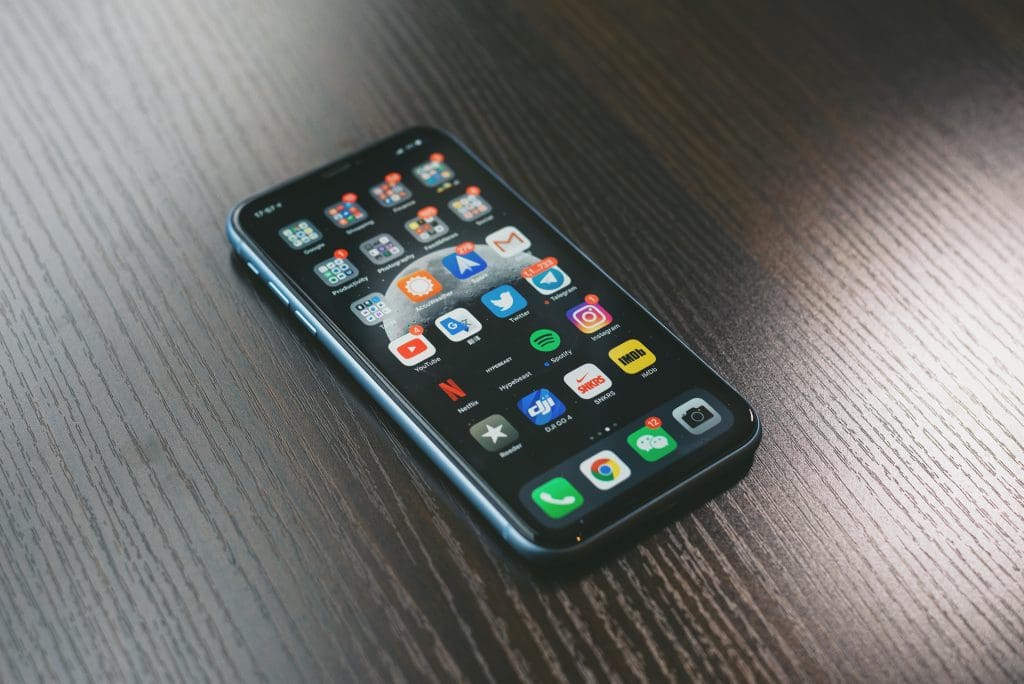


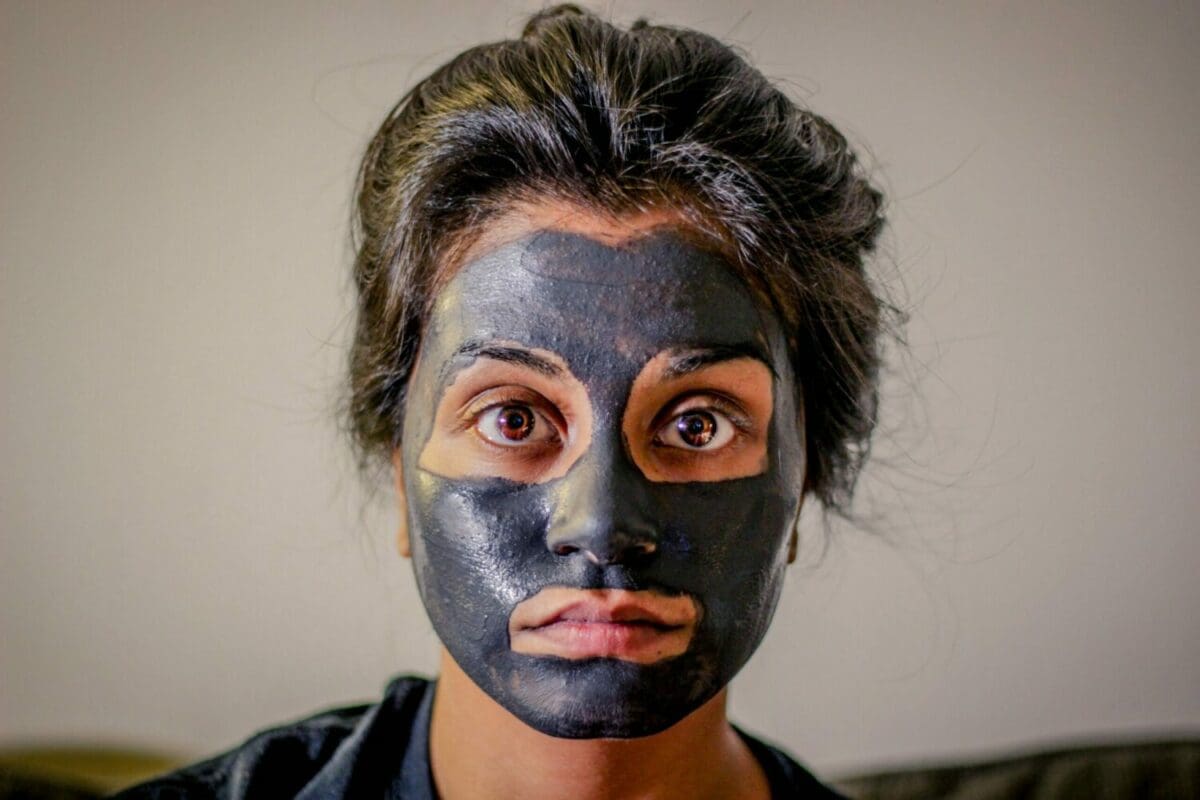
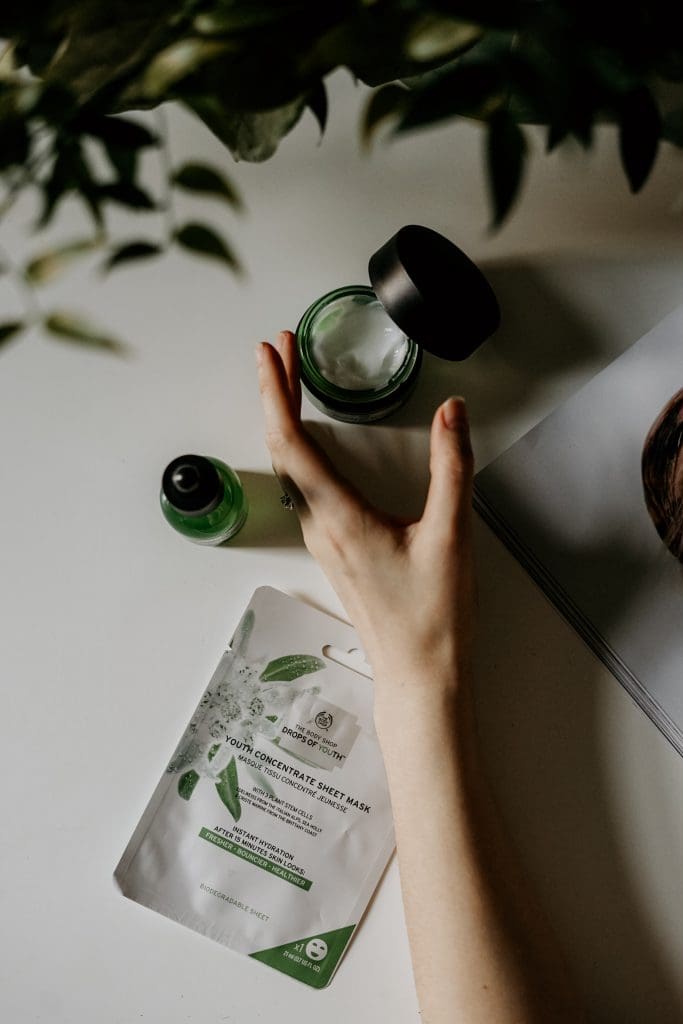

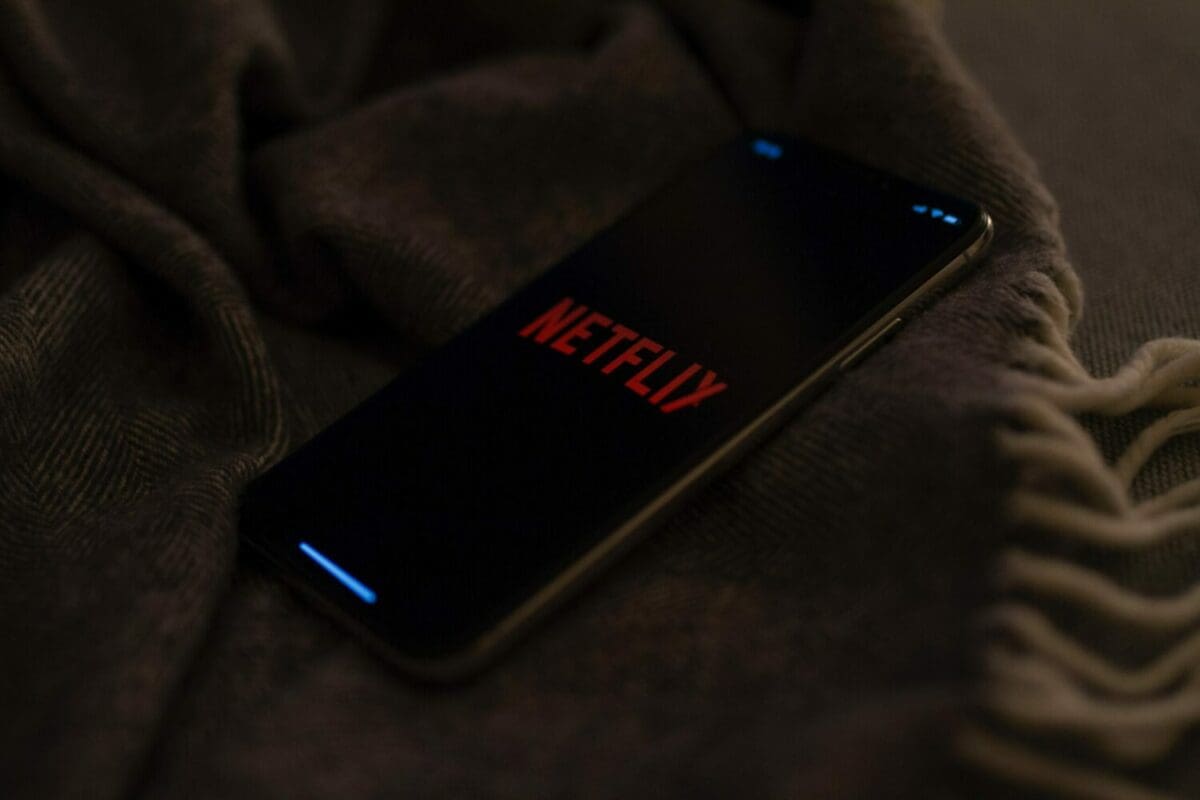
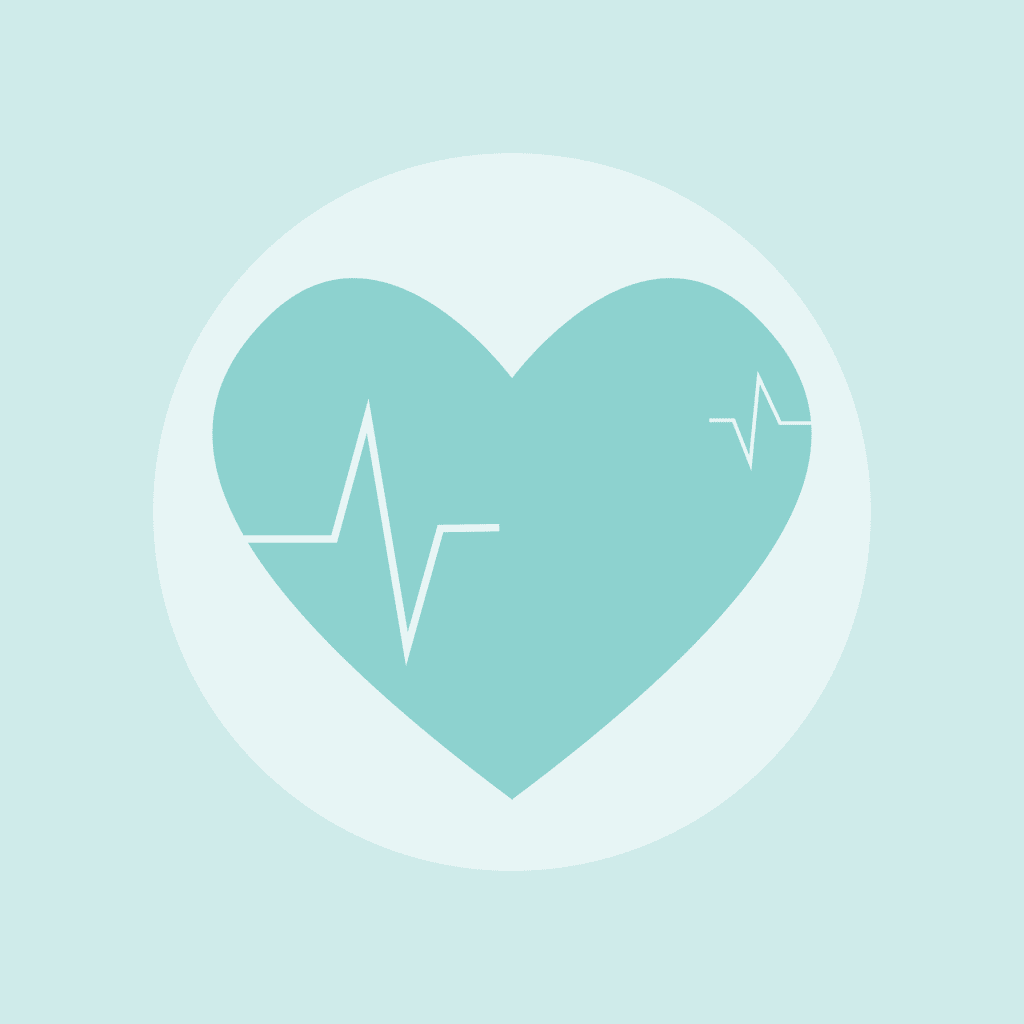
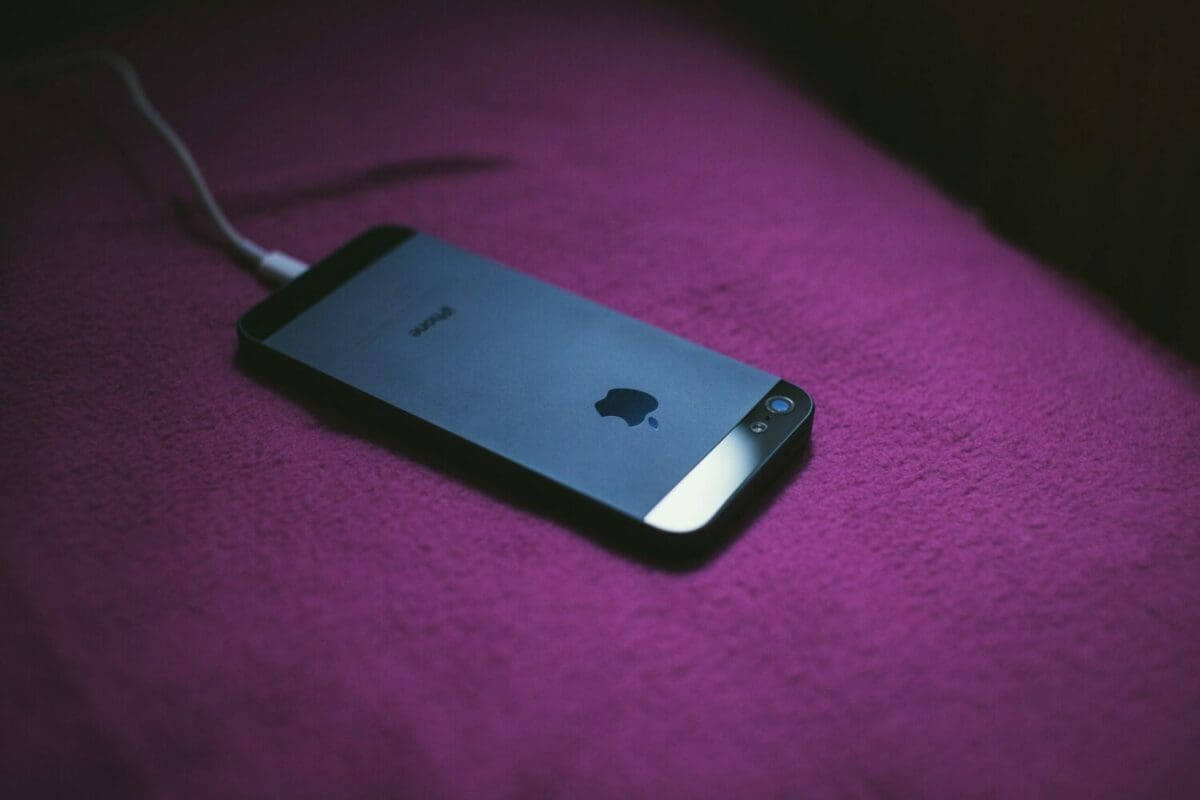

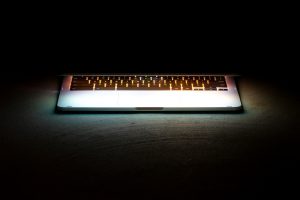
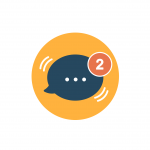

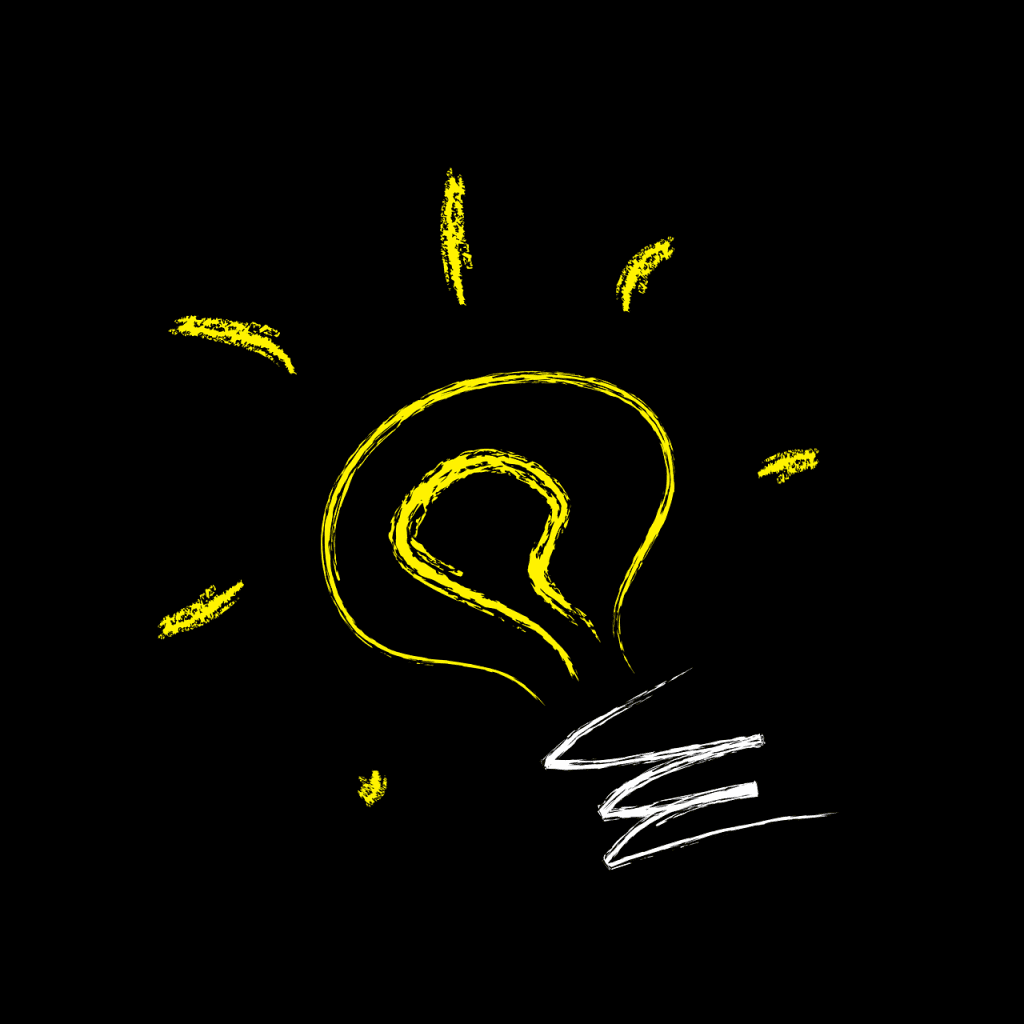
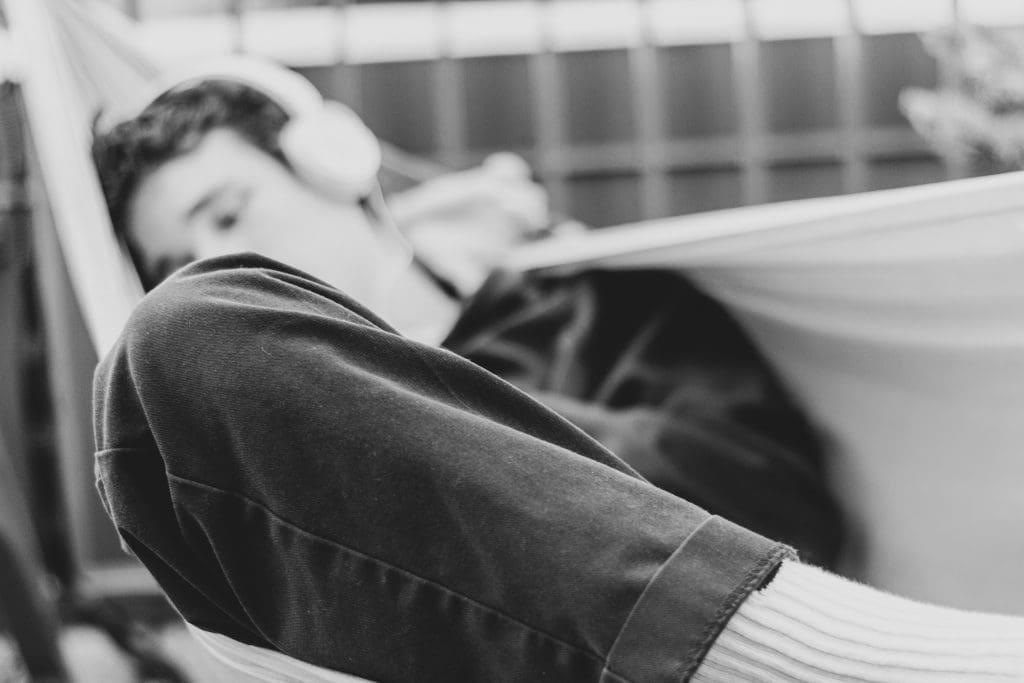




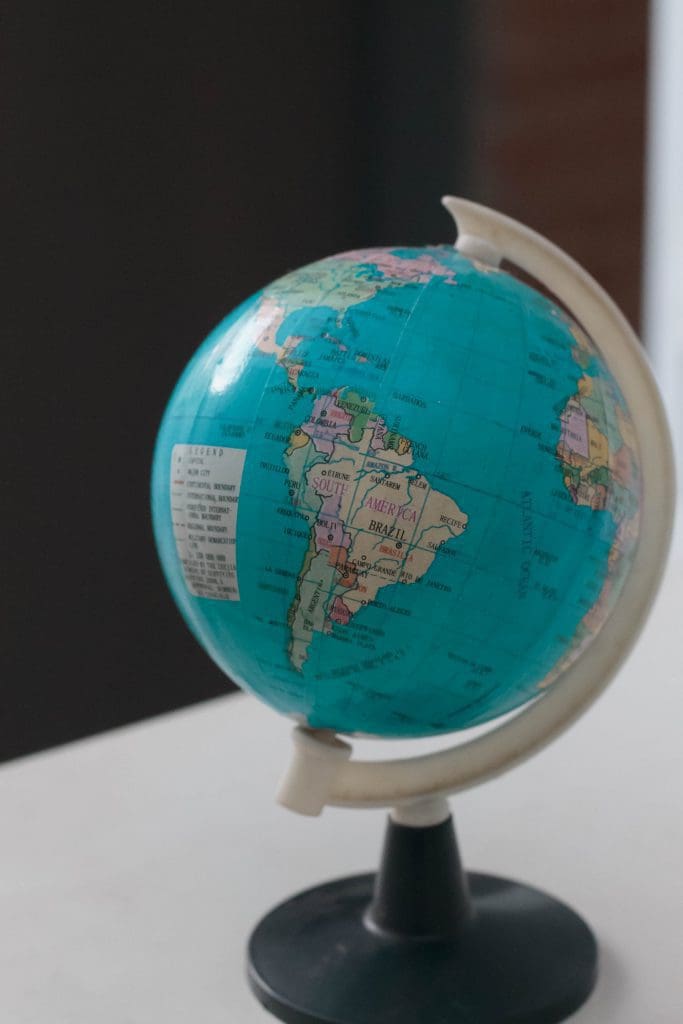




Recent Comments